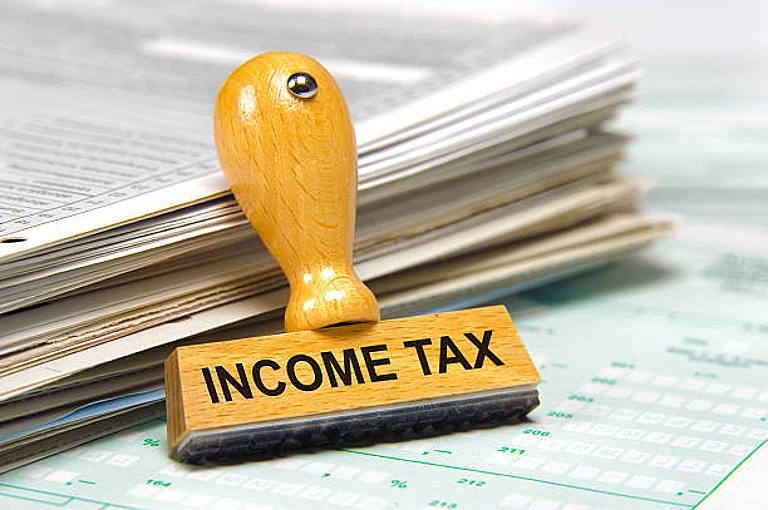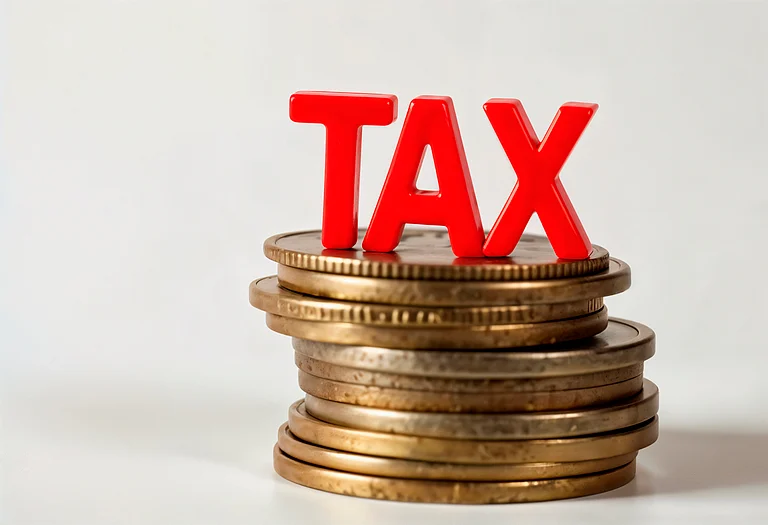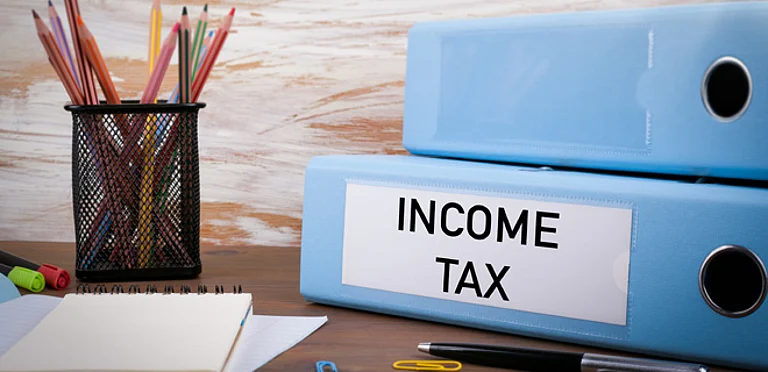The government has taken a major step toward simplifying tax compliance with the introduction of the Income Tax Bill 2025. One of the major changes in this Bill is how Tax Deducted at Source (TDS) and Tax Collected at Source (TCS) are structured for the better understanding of taxpayers. If you have ever been confused by multiple tax sections and rates, this new bill promises to make things much easier.
Now, let’s take a closer look at what’s changing in TDS and TCS.
For years, businesses and individuals have had to navigate through 43 different sections for TDS and TCS under the existing Income Tax Act. Here, each section had different thresholds, rates, and conditions, making compliance a challenge.
Says CA (Dr.) Suresh Surana, “Under the ITA, there are several sections such as 194A (Interest), 194I (Rent), 194J (Professional fees, Fees for Technical Services, Royalty payment), 194H (Commission), 194C (Contracts), etc. Most of these sections had similar provisions except for the applicable tax rates, thresholds, etc.”
However now, the new Bill consolidates all of this into just 13 sections. Instead of many rules - all scattered across different sections, the new income tax Bill has grouped all TDS provisions under Section 393 while TCS provisions now come under Section 394.
Experts state that now everything is presented in a clean, structured table that clearly defines the tax rates, thresholds, and who needs to deduct or collect tax.
Says Surana, “Under the ITB, the issue of overlapping and almost similar provisions of TDS was addressed by covering the TDS provisions (except salaries) under section 393 of the ITB in a concise and tabular manner. Further, the provisions of TDS on Salary contained in section 192 of the ITA have been covered in section 392 of the ITB.”
Similarly, the provisions of TCS contained in section 206C of the ITA have been covered in a tabular manner in section 394 of the ITB for ease of reference.
“This is a welcome move and would make the TDS / TCS provisions easier to understand and would help in better compliance, avoid tax leakages, and ensure administrative ease,” states Surana.
What Stays The Same?
Even though the structure is changing for TDS and TCS, the rates will remain the same as in the previous income tax Act. For instance, TDS rates for interest income, rent, etc. are the same as before;
Salaries: Based on income slab rates
10 per cent is the TDS rate applicable on Interest income, Rent (above Rs 2.4 lakh annually), and Professional fees (above Rs 30,000).
5 per cent TDS rate is put on the Commission (above Rs 15,000).
TCS rates are as follows;
1 per cent on sale of motor vehicles above Rs 10 lakh.
5 per cent on Foreign remittances above Rs 7 lakh.
1 to 5 per cent on sale of minerals, liquor, scrap, etc.
What Were TDS/TCS Changes in Budget 2025?
The Union Budget 2025-26, announced on February 1 brought some key changes to the TDS and TCS rates, particularly for senior citizens. The revised rates, which have been listed in the Finance Bill 2025, are as follows;
Senior citizens now get TDS exemption on interest income up to Rs 1 lakh, up from Rs 50,000.
TDS exemption on rent has been hiked from Rs 2.4 lakh to Rs 6 lakh per year.
Now, investors in stock and mutual funds can get a higher TDS threshold on dividends. This has been raised from Rs 5,000 to Rs 10,000.
The TCS limit on Foreign remittance has been increased from Rs 7 lakh to Rs 10 lakh, potentially providing more room for education and investments abroad.
What Do Changes In ITB Mean For Individuals?
For Salaried individuals, the tweaks introduced in the TDS and TCS structure mean no change in how TDS is deducted from their salary. Your employer will continue deducting it just as before.
The tax compliances are set to become easier for Businesses & Professionals since the ITB has all TDS rates in place with fewer sections to go through.
As for investors and taxpayers, if you earn interest, rent, or professional fees, your TDS will continue as usual, but understanding the deduction will be much easier.
The Bottom Line
The ITB 2025 is not about changing tax rates but rather it’s more focussed on making tax compliance easier. As there are fewer sections to worry about and a straightforward tabular format, many professionals and taxpayers will be able to navigate TDS and TCS with less hassle.
















